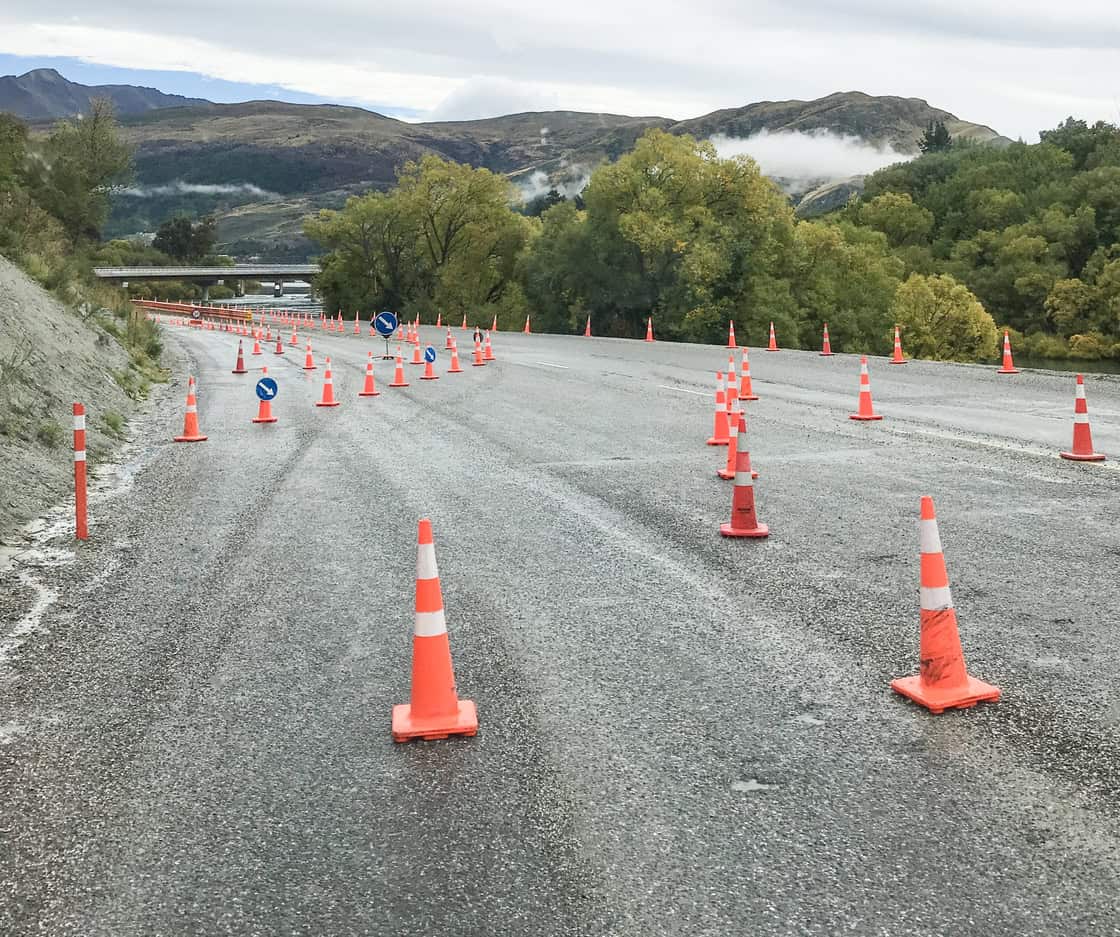The latest government in New Zealand has some wild ideas and policies. Surprisingly, some involve reforming occupational health and safety (OHS) laws. Reform is usually positive as it progresses laws and fixes errors, oversights, or shortcomings, but this NZ activity is different. To start, it is necessary to look at the policies and some of the media statements from the current Prime Minister and Minister for Workplace Relations and Safety.
Category: risk
Cost estimation, safety and economists
American legal scholar Cass R. Sunstein does not write about occupational health and safety (OHS) directly, but he writes about the society in which OHS operates. In November 2022, he reviewed an economics book in an article called “Accounting for the Human Cost.” OHS may have a strong moral core, but one can argue that it is more of an economic discipline due to the necessity for analyzing costs and benefits to gauge compliance with laws and regulations.
Farmers’ values need analysis and changing
Recent statistics on farm safety by AgHealth Australia reported in an earlier article, have also garnered attention from the Australian Broadcasting Corporation (ABC). The focus is on the number of deaths associated with side-by-side (SXS) vehicles, and farming seems to be treated as a special work health and safety case. Farming is not exceptional but represents different cultural values that deserve greater attention.
Mental health, neoliberalism and trade union myopia
The Australia Institute is a progressive (Left-leaning) research institute that recently commemorated its 30th anniversary with a book called “What’s the Big Idea?” Contributors are compatible with the Institute’s ideologies, but some chapters overlap with occupational health and safety (OHS).
New data shows farmers are still not working as safely as they could
Recently, the Weekly Times reported* some disturbing statistics about farm-related deaths in Victoria. It summarised the AgHealth Australia data as:
“Farm deaths have doubled in the past 12 months, with vehicles the leading contributing factor, as farmers and authorities label the issue an emergency.
Seventy-two people died and there were 133 serious injuries in 2024, new AgHealth Australia data shows, up from 32 deaths in 2023 and 55 in 2022.
In Victoria, there were 16 deaths in 2024, up from seven in 2023.”
Narelle Beer’s OHS article should be the start of a deeper analysis
Recently former WorkSafe Victoria executive, Dr Narelle Beer, penned an article in LinkedIn called “Going to work should not kill you!” The article is a good introduction to occupational health and safety (OHS) but some important points are overlooked or unexplored.
Why workplace Psychosocial Regulations will fail
Australia has learned much from its consideration of psychosocial factors that can generate psychological harm in workers over the last decade. By the end of 2025, all Australian jurisdictions will likely have re-emphasised the psychological elements of employers’ and workers’ occupational health and safety (OHS) duties. However, the legislative changes are likely to fail to improve workers’ mental health because at least one of those psychosocial factors is too confronting and uncomfortable to employers.







